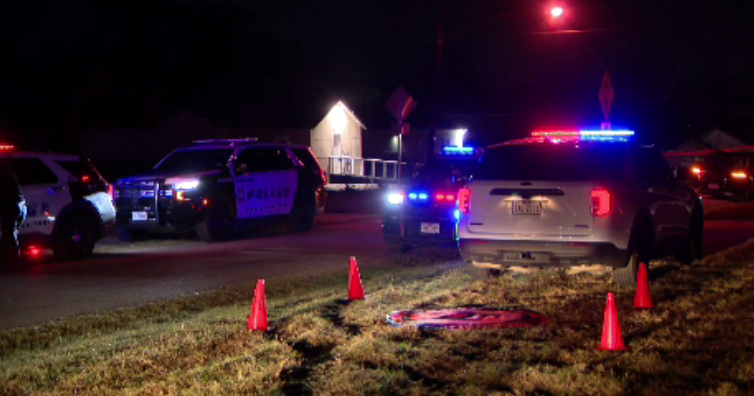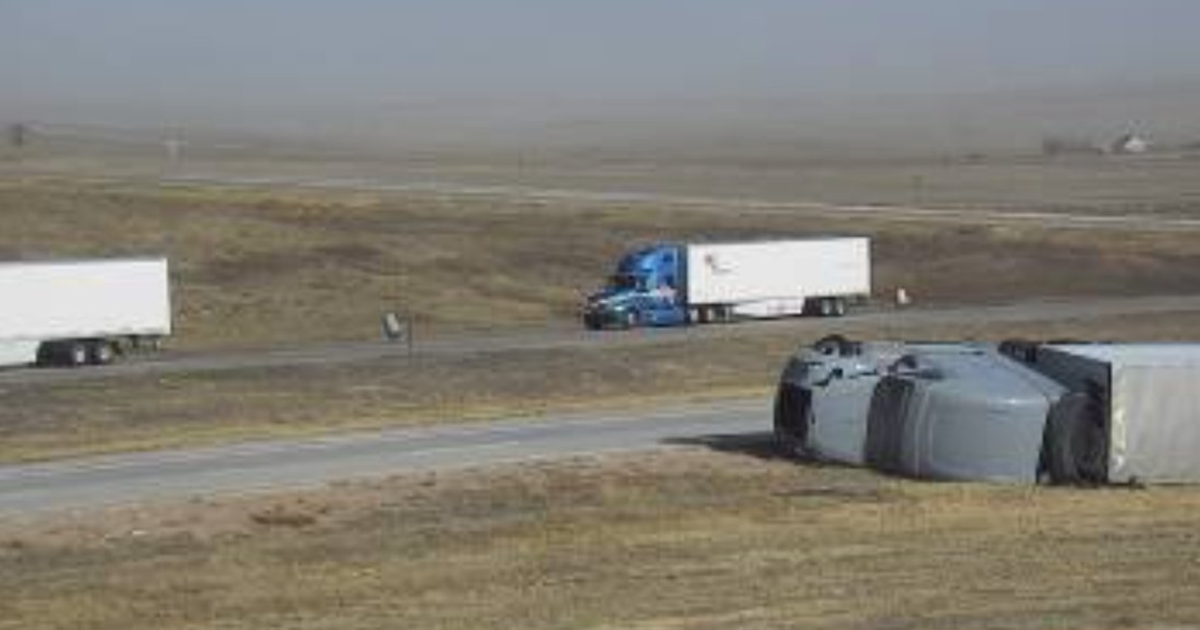Water restrictions add to Russian River woes amid drought
NAPA - Hundreds of water rights holders in the Russian River watershed have been ordered to stop drawing from the river and its tributaries as the state struggles through its third year of debilitating drought conditions.
The State Water Resources Control Board publishes a new list every month of water rights holders who must reduce or completely stop taking water from the watershed.
For September, the list consists of 509 water rights holders -- collectively holding 845 water rights -- and includes individuals, farmers, ranchers and drinking water systems.
While this weekend's anticipated storm could ease some restrictions, the latest list is a dramatic increase from the late June orders for 88 rights holders but a reduction from the early August orders that affected 671 rights holders.
The restrictions are intended to preserve water levels in the Russian River, its tributaries and Lake Mendocino -- which is currently at about 72 percent of its average historic level for this time of year.
The region's other major reservoir, Lake Sonoma, is at about 54 percent, according to the California Department of Water Resources.
"These curtailments will affect our cities, our water districts, landowners and anyone else who is dependent on the Russian River, which is mostly 600,000 people," Sonoma County Supervisor James Gore said in early August at a town hall meeting about the drought.
One complication affecting the past two rounds of curtailment orders involves smaller water releases from PG&E's Potter Valley hydroelectric project at Lake Pillsbury in Lake County.
Potter Valley diverts water from the Eel River via a series of dams, culverts, tunnels and penstocks that ultimately feed into the east branch of the Russian River and then to Lake Mendocino, which gets about 30 percent of its volume from the project.
While PG&E no longer uses Potter Valley to generate electricity and ultimately intends to decommission the project, it is required to manage the water that flows into and out of the system.
In July, due to ongoing drought conditions, the company was granted permission from the Federal Energy Regulatory Commission to drastically reduce the amount of water it releases from Lake Pillsbury -- water that normally runs into the Russian River watershed -- from 75 cubic feet per second to just 5 cubic feet per second.
"As a result of those flow variances and reduced flows from Lake Pillsbury, the forecast is to have adequate flows in the Eel River through fall and winter even if drought conditions persist," said PG&E spokesman Paul Moreno.
Many of the biggest impacts of the curtailment orders are being felt by the residential drinking water systems that draw directly from the Russian River or its tributaries, or from wells fed by "underflow" water from the river.
This is especially true of small rural systems that lack the resources to weather shortages as well as their larger municipal cousins, some of which are effectively using recycled water or finding new sources to supplement dwindling supplies.
One such small system, the Palomino Lakes Mutual Water Company, relies on a single well that delivers Russian River underflow water to an unincorporated Sonoma County community of about 105 homes just southeast of Cloverdale.
Due to its curtailment order from the Water Board, Palomino Lakes is forced to limit residents to 55 gallons of water per person per day, which is the minimum "health and safety" allocation allowed by the state.
"Because we are purely residential, the curtailment means we are basically on water rationing," said system president David Taber.
"We've been really, really fastidious about complying but that means that everybody's landscaping dies."
While the community has been cooperative, there's been a lot of "grumbling," Taber said.
In fact, a significant number of people have decided to pull up stakes rather than deal with the region's ongoing and worsening wildfire threats and water supply headaches.
"Fifteen percent of the houses have sold because of fire or water worries," Taber said. "Basically, they're saying 'We're getting the hell out.'"
Taber worries that if PG&E decommissions the Potter Valley project and the Russian River permanently loses water from Lake Pillsbury, the river could regularly run dry.
If that happens, it's unclear where Palomino Lakes will get its water from, since the nearest municipal system is 6 miles away, trucking water in would be prohibitively expensive and digging new wells can be a bit of a crapshoot, Taber said.
"There's a number of small water communities that are in the same situation we are," he said.
Even large municipal water suppliers have been forced to find ways to work around the restrictions by trying to keep pace with dwindling flows and arid forecasts and managing operations down to the last detail.
The region's largest water wholesaler, Sonoma Water, was ordered in early summer to reduce the amount of water it draws from the Russian River by 20 percent.
In response to similar orders last year, the system, which provides water to nine cities in Sonoma and Marin counties, started pumping from a well in the Santa Rosa Plain Groundwater Basin that had been closed for some time.
"It helped supplement water supply to the southern part of Sonoma County, some of the Santa Rosa and the Petaluma areas," said Sonoma Water spokesperson Andrea Rodriguez.
Sonoma Water is also urging people to redouble conservation efforts by installing rain barrel systems to collect precipitation, switching to drought tolerant landscaping and turning off irrigation systems as we head into fall.
And while the little bit of rain that could fall in the next few days is a welcome relief, Rodriguez said it likely won't make a huge difference in terms of water supply.
"Everyone's excited about the option of rain this weekend," she said. "It's probably not a lot of help our residents but as we get into the fire season it's something that will help put our minds at ease."
As unpleasant as this year's curtailment orders are, however, they have been applied with a bit more nuance than last year's since state regulators now use an allocation tool that takes into account water supply and demand comparisons and hydrologic conditions for both the upper and lower Russian River watershed areas.
"This year it's far more targeted and the number of curtailments bounces around every month," Taber said.
Also, for the first time, the Water Board approved a voluntary program in the Upper Russian River area that allowed those who still had some supply to share water with those under curtailment orders.
"To me that's one of the biggest successes," said Philip Dutton, a senior water resources control engineer with the Water Board.
"It's the product of a lot of local effort to collaboratively manage water resources in the area," Dutton said. "It's a novel approach. It's exciting to see the political will among the local entities and water rights holders and interest groups."
While it lasted, the program provided a small amount of water to drinking water systems and agricultural users -- maybe enough to deliver water to a home or two or to keep a vineyard alive for a time.
"That looked to be a pretty good program," said Brad Peterson, vineyard manager at Silver Oak Cellars. "We got about 35 to 40 percent of what we would normally be able to pump."
After PG&E was allowed to reduce flows out of Lake Pillsbury, however, state regulators decided there wasn't enough water to continue the program.
"It's been kind of a roller coaster this year," Peterson said. "We weren't sure what we were going to have for the year, then we ended up getting water through this voluntary agreement but then it got taken away again."
Of the 240 acres Peterson farms in the Alexander Valley, about 47 acres of mostly cabernet grapes is irrigated from a well that is under a curtailment order for the second year in a row.
Last year, Peterson used different methods to cope with the shortage, including changing the time of year he irrigated, adding a product to the soil to help retain moisture and reducing the amount of crop he grew.
He also went looking for new water sources.
"We got a permit and drilled a well in a location that is not in the underflow of the Russian River," he said.
The new well produces about 10 gallons per minute, a big drop from the old 100-gallon-per-minute well, but by adding additional storage tanks to the property it allows him to keep the vines alive.
"It won't be sufficient to sustain the production levels we typically have," Peterson said.
As for what's next as the state faces the likely prospect of a fourth year of drought, Peterson said it's going to take a lot of cooperation between competing interests.
"If we're going to find solutions to this, we have to all work together to find them -- the agricultural community, the environmental community and the residential community," he said. "The system won't exist if you take out one of those pieces. They all contribute a certain amount to Sonoma County so we're going to have to find solutions that work for everybody."







